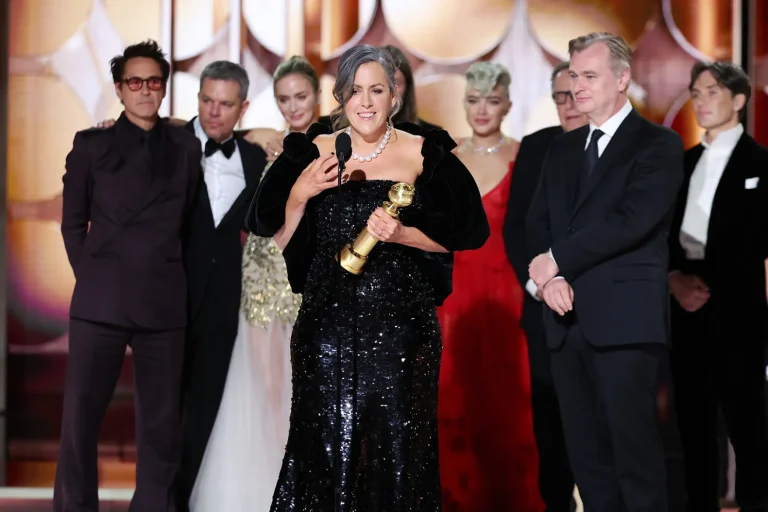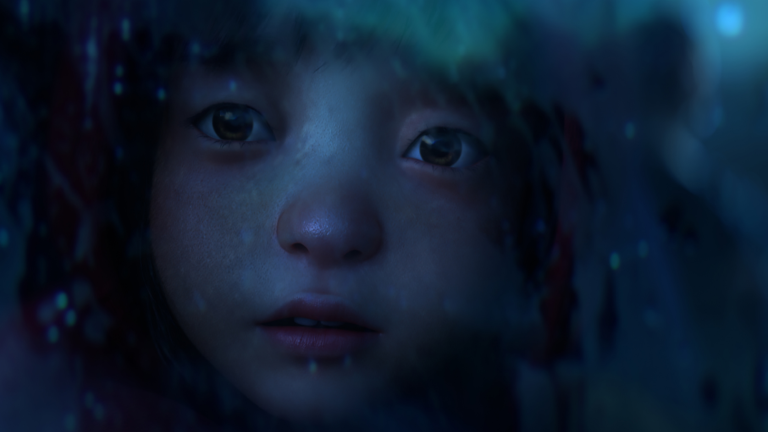Autism is a neurodevelopmental disorder characterized by difficulties with social interaction and communication, and by restrictive and repetitive behavior. The autism spectrum or autistic spectrum encompasses a range of neurodevelopmental conditions, including autism and Asperger’s syndrome, generally known as autism spectrum disorders or autistic spectrum disorders (ASD). Now, all this is information that is available on the internet. With a higher budget and more research time for your movie or series on autism, you will be able to cast autistic actors or bring in experts on the subject of autism to avoid misrepresentation. Has that happened in the newly released Boomika (Netflix)? Probably not. Has that led to the use of autism as a plot device? Definitely yes.
Written and directed by Rathindran R. Prasad, Boomika (Netflix) tells the story of Samyuktha (Aishwarya Rajesh), Gayathri (Surya Ganapathy), Gowtham (Vidhu), and Aditi (Madhuri), who moves to an abandoned school building with the intention to assess its value and build a residential complex that will rake in tons of money. They bicker and quarrel about the ethics of doing so. But all that takes a backseat when they start getting hints of the fact that they are being haunted by one of Gowtham’s friends who has died in a car crash.
Related to Boomika (Netflix): Ray: Hungama Hai Kyon Barpa? (2021) Netflix Review
A major chunk of the movie’s runtime is dedicated to figuring out whether it is actually an entity from the afterlife that’s trying to communicate with them or just a technical glitch. And if it’s really a ghost, what are its intentions? Eventually, the four realize that the ghost is not Gowtham’s friend, but an autistic girl i.e. the titular character, who lived on the grounds the abandoned school building stands on.
Credit where credit’s due, Boomika looks and sounds great. Given how most of the movie takes place during nighttime and in a setting where there’s no electricity, it must have been essential for cinematographer Roberto Zazzara to ensure that viewers do not have to squint while watching it on their small screens. All the indoor shots look like they are lit by light sources that the characters have at their disposal. Some of the outdoor shots do exhibit unmotivated lighting. But it’s not noticeable enough to take you out of the viewing experience. Silence is hard to mimic. However, it is apparent that the sound design team has done a marvelous job of emulating the feeling of isolation in an apparently open space. And all of these technical aspects are only accentuated by the central cast’s performance. That said, things get tricky when it comes to Avantika Vandanpu’s Boomika.
The problem is three-fold. The first part is the accuracy of the portrayal of autism. The second part is the casting of an apparently able-bodied, neurotypical actor like Avantika to play a neurodivergent character. And the third is using autism as a plot device. As mentioned before, you can get a surface-level understanding of ASD. Or you can receive coaching, just like Sigourney Weaver, Dustin Hoffman, and Leonardo DiCaprio did for their respective portrayals of autistic characters. But since there are no reports on whether Avantika was given such coaching or whether she has taken or was given notes from the most popular on-screen depictions of autism, and as I am no expert on the topic, I will refrain from commenting on the accuracy of the performance.
That brings us to the casting. Entertainment industries all across the world have been accused of “cripping up”, the act of non-disabled actors playing disabled roles, thereby taking work and opportunities away from an already marginalized and underrepresented group. Maddie Ziegler’s casting in Sia’s movie on autism, Music, is one of the most recent examples of this tendency to overlook autistic actors. Sia and the movie were lambasted for not just doubling down on why they cast a neurotypical actor in a neurodivergent role, but also for its offensive and borderline caricaturish portrayal of a person with autism.
Related to Boomika (Netflix): Ajeeb Dastaans: Geeli Pucchi (2021) Netflix Review
When it comes to Avantika’s casting in and as Boomika, there is not enough information on the internet regarding whether the producers had approached autistic actors. If history is indicative of anything, it’s likely that they didn’t. Even if they did, why did they still go for Avantika? And do they realize how it furthers this ableist trend of hiring non-disabled actors to play disabled roles?
And finally, there’s the problem with using, or in this case, misusing disabilities as a plot device. On one hand, the most mainstream portrayals of autism have been accused of suffering from the savant syndrome, while adding completely fictional theories on top of it. The most egregious example of this is the 2018 film by Shane Black, The Predator, which not just used autism to further the plot, but also said that the titular monster perceived autistic people as the next step in human evolution.
It was quickly debunked by SYFY Wire and the movie was criticized for furthering weird notions about a community that is already very misunderstood. On the other hand, disabilities have been used to bolster the characteristics and traits of villains. A popular example of that is Joaquin Phoenix’s Joker. In an article on The Guardian, junior doctors had accused the movie of perpetuating damaging stereotypes. Boomika (Netflix) takes both of these approaches towards depicting a person with ASD and claps.
Boomika’s death is associated with her love for the greenery that surrounds the school building, and it’s hinted that that love is due to her autism. Then the whole savant theory is brought into the picture by Dharman (Pavel Navageethan), who draws parallels between the Earth and Boomika, and how she’s essentially acting as the Earth and destroying the people trying to harm the ecosystem.
Also Read: 10 Great Tamil Movies To Stream On Netflix
And as if that wasn’t enough, a big section of the third act is dedicated to showing Boomika killing construction workers in a flashback (which is an example of how misunderstood corporate exploitation is and how daily wagers undeservedly bear the brunt of their greedy bosses) and then going around attempting to kill the central cast. After that, the movie simply ends with a half-baked warning about protecting the environment and the ghost of Boomika seemingly “fixing” Gowtham and Samyuktha’s shy and reserved son.
So, yes, in a time when the planet is on red alert, a movie like Boomika (Netflix), which has a message about saving the environment, seemed like a slam dunk. But its usage of autism, which is a disability that most people tuning into the movie won’t be fully aware of, turns the whole ordeal into a problematic product that peddles notions that will be detrimental to the strides being made by the autistic community. And all I can ask of filmmakers who are willing to take on topics such as ASD and mental health, who have all the information they need to deal with them sensitively but are still choosing to use their resources improperly, is to do better.
Citations:
- https://en.wikipedia.org/wiki/Autism
- https://www.autism.org/autism-movies/
- https://www.appliedbehavioranalysisedu.org/7-most-honest-depictions-of-people-with-autism-in-tv-and-movies/
- https://msmagazine.com/2021/07/28/hollywood-autism-disability-media-representation-film-tv/
- https://youtu.be/yLBl3he3Nqg
- http://terribleminds.com/ramble/2016/06/02/steven-spohn-i-am-not-your-plot-device/
- https://www.syfy.com/syfywire/science-behind-the-fiction-predator-suggests-autism-is-human-evolution-is-that-true
- https://www.theguardian.com/film/2019/oct/21/joker-mental-illness-joaquin-phoenix-dangerous-misinformed


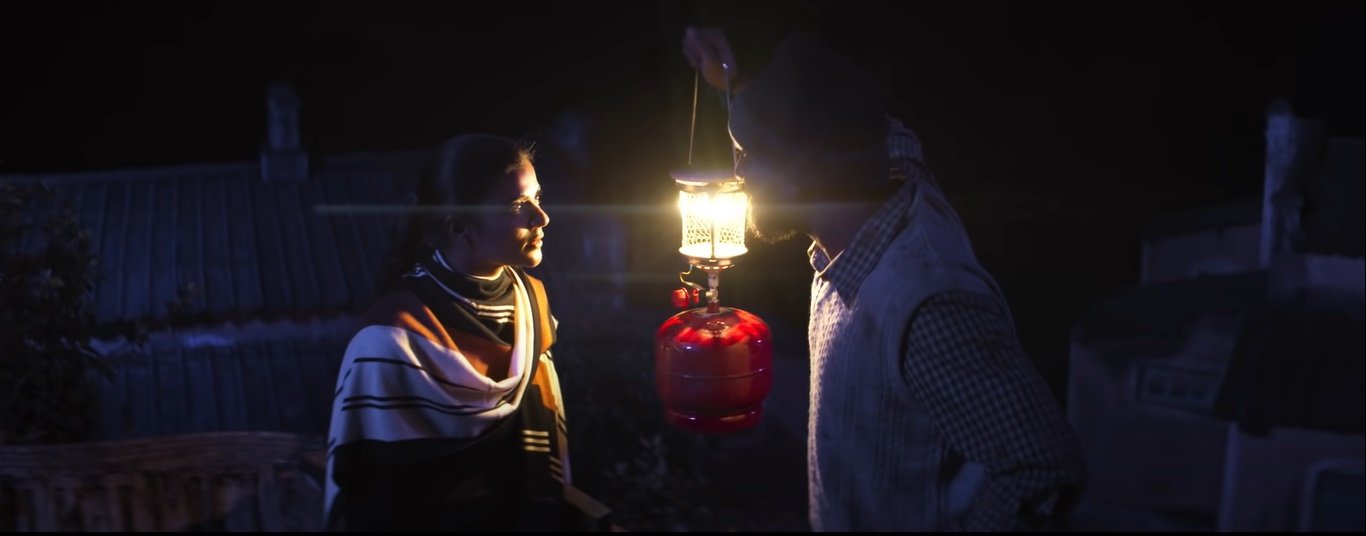
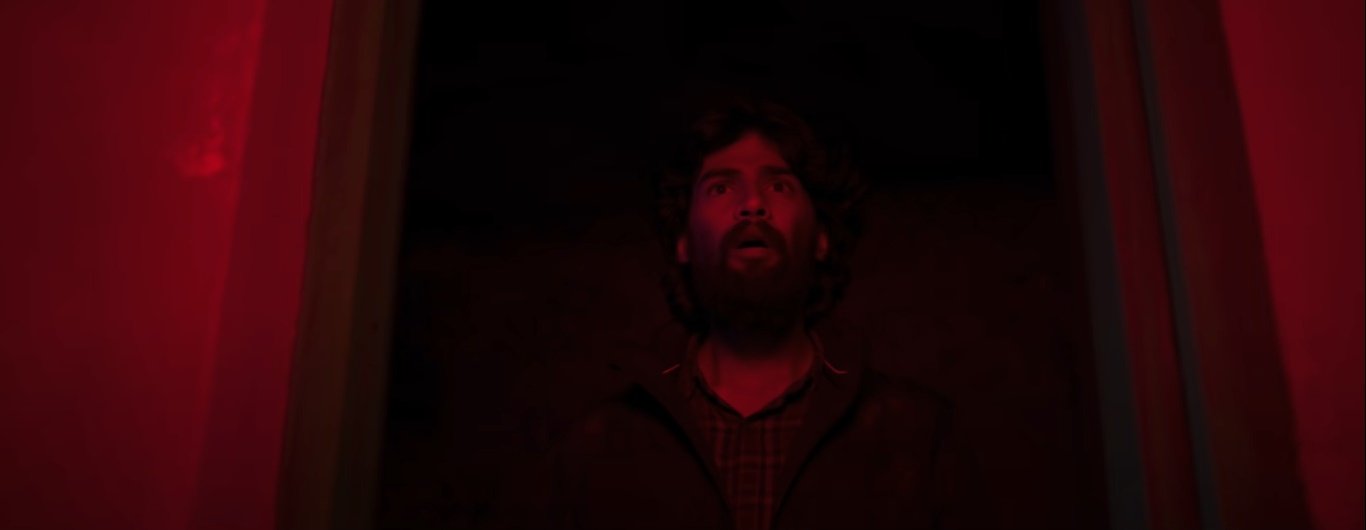
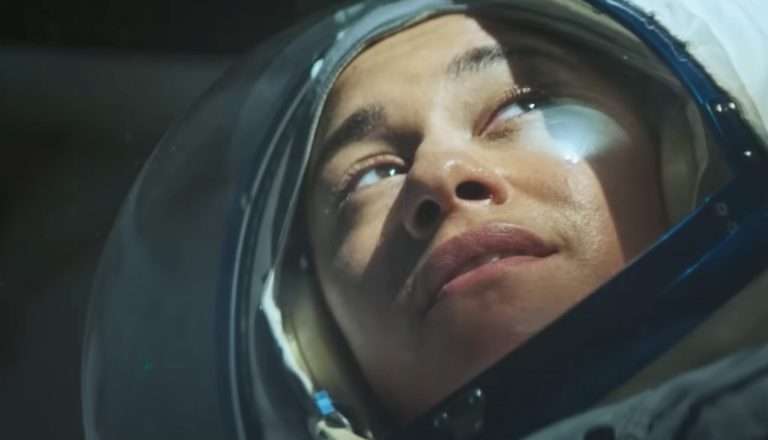
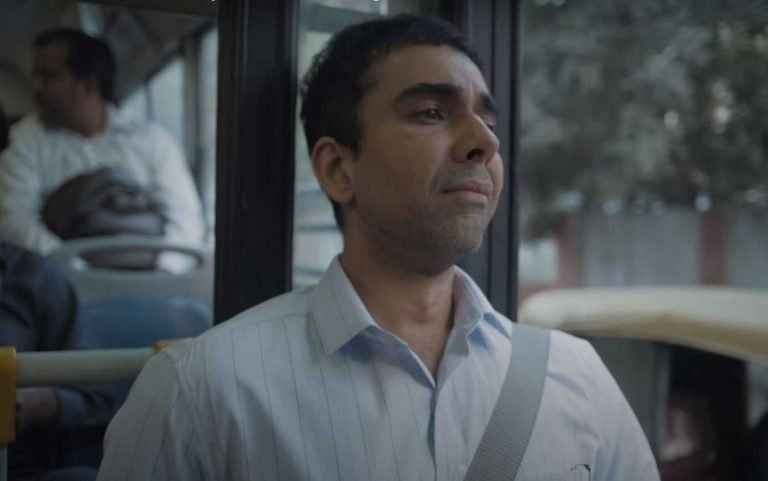
![Apollo 10 ½: A Space Age Childhood [2022] Review – Richard Linklater’s Latest Is Charming, Funny And Calming](https://79468c92.delivery.rocketcdn.me/wp-content/uploads/2022/03/Apollo-10-1-2-A-Space-Age-Childhood-768x433.webp)
![Captain Marvel [2019] Review: Strong Hero, Weak Movie.](https://79468c92.delivery.rocketcdn.me/wp-content/uploads/2019/03/Captain_Marvel_HOF_Review-768x321.jpg)
